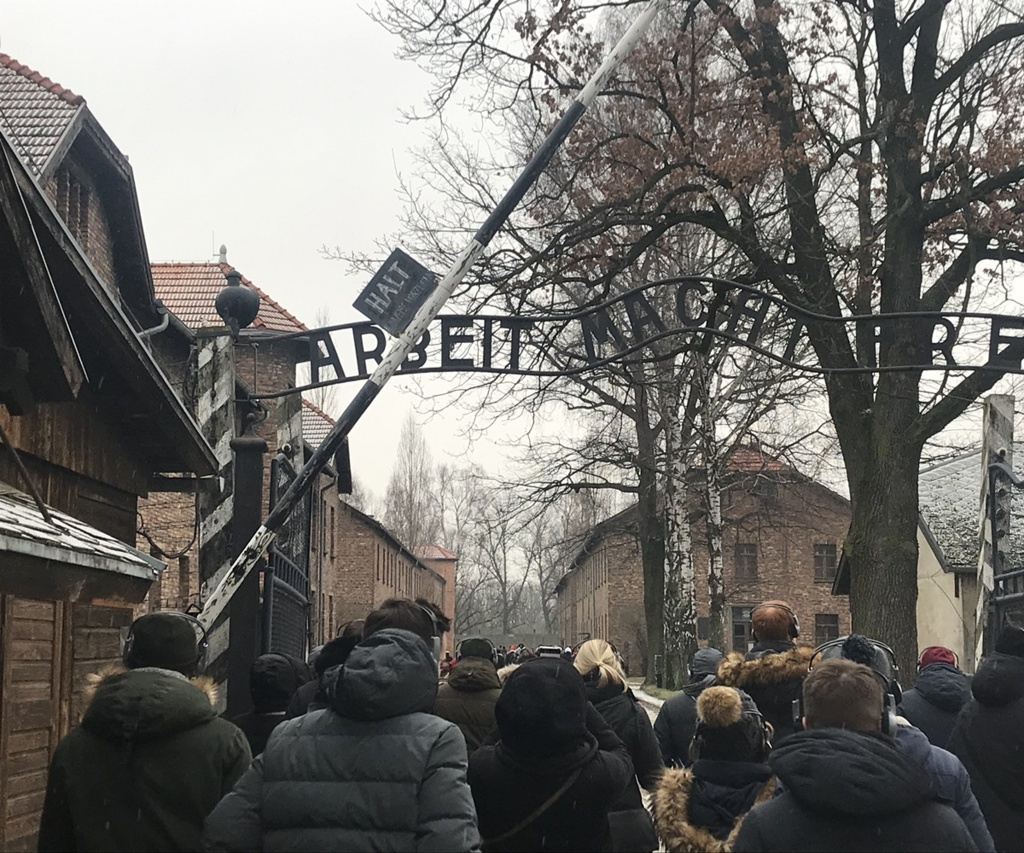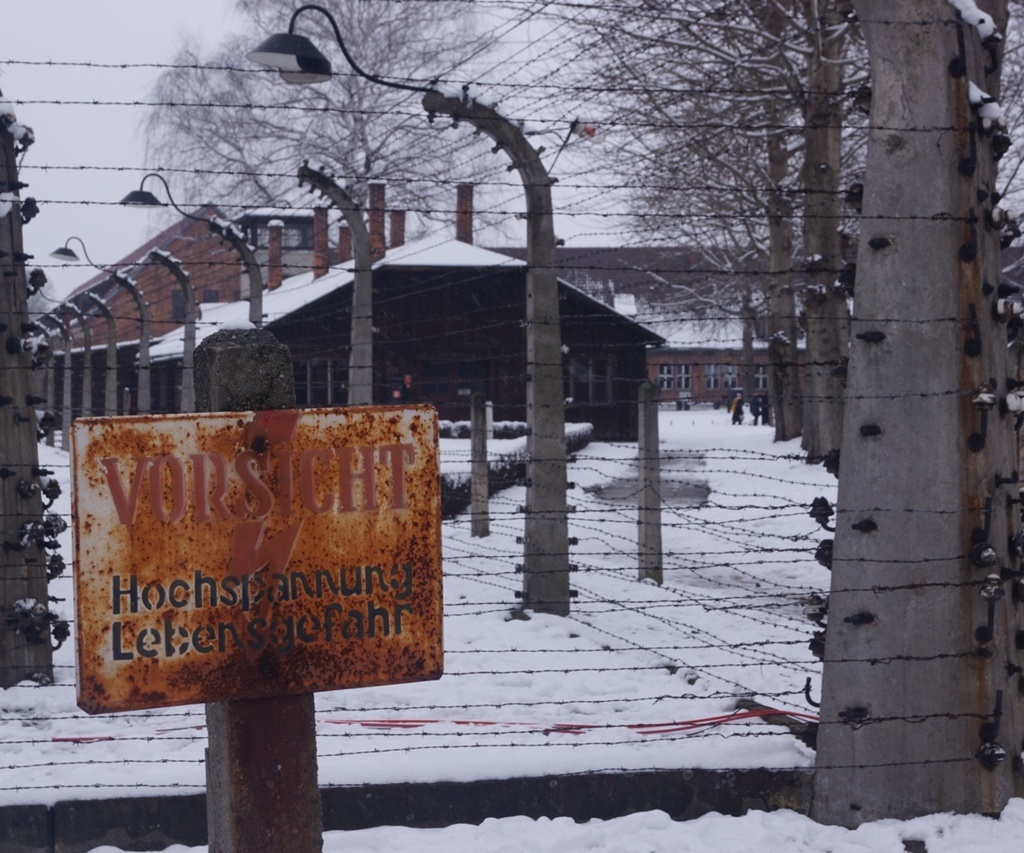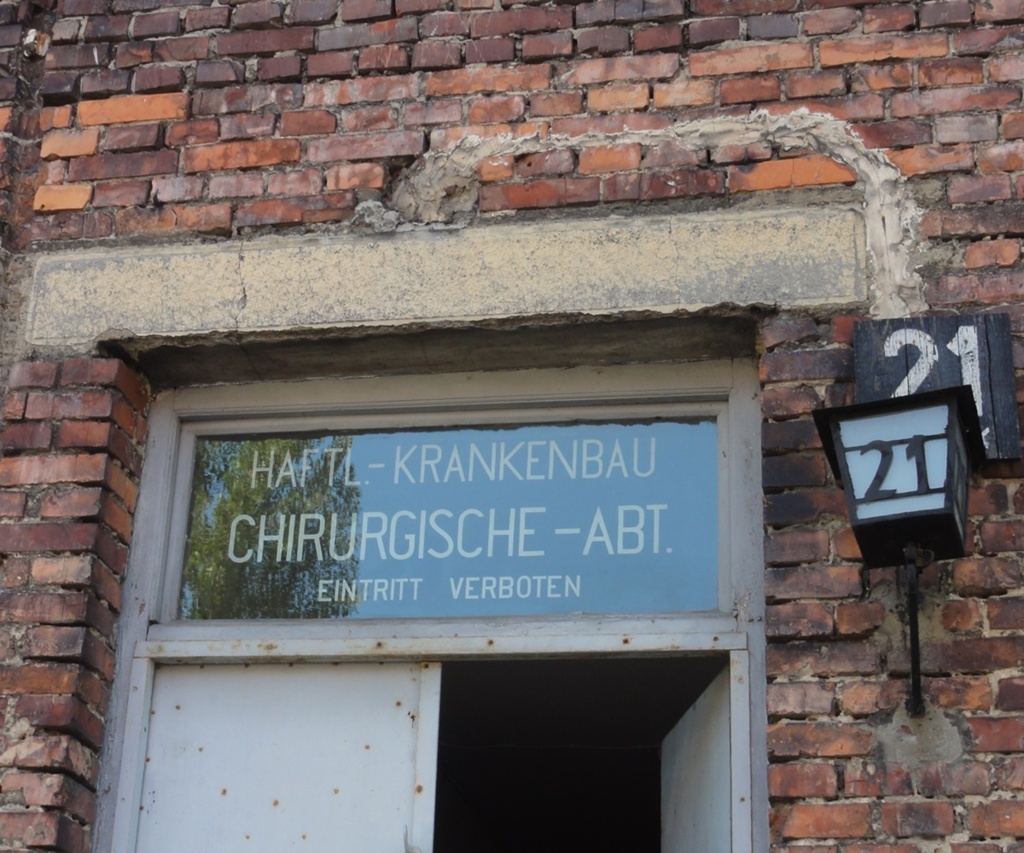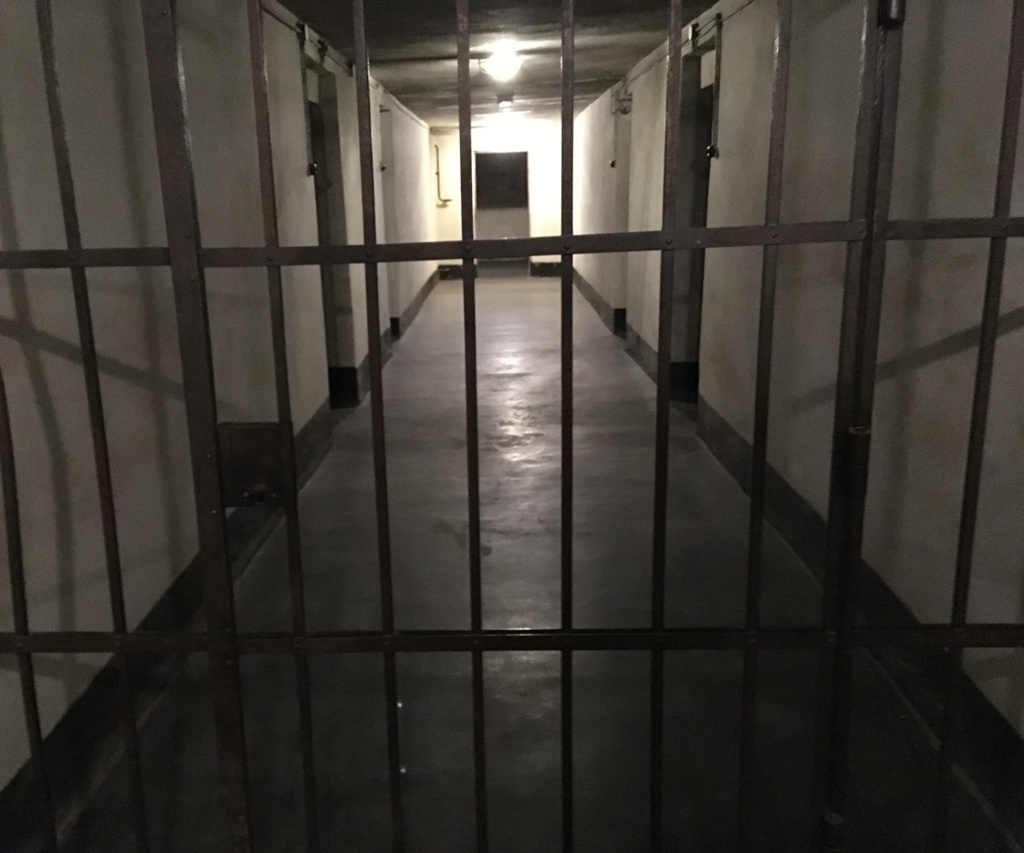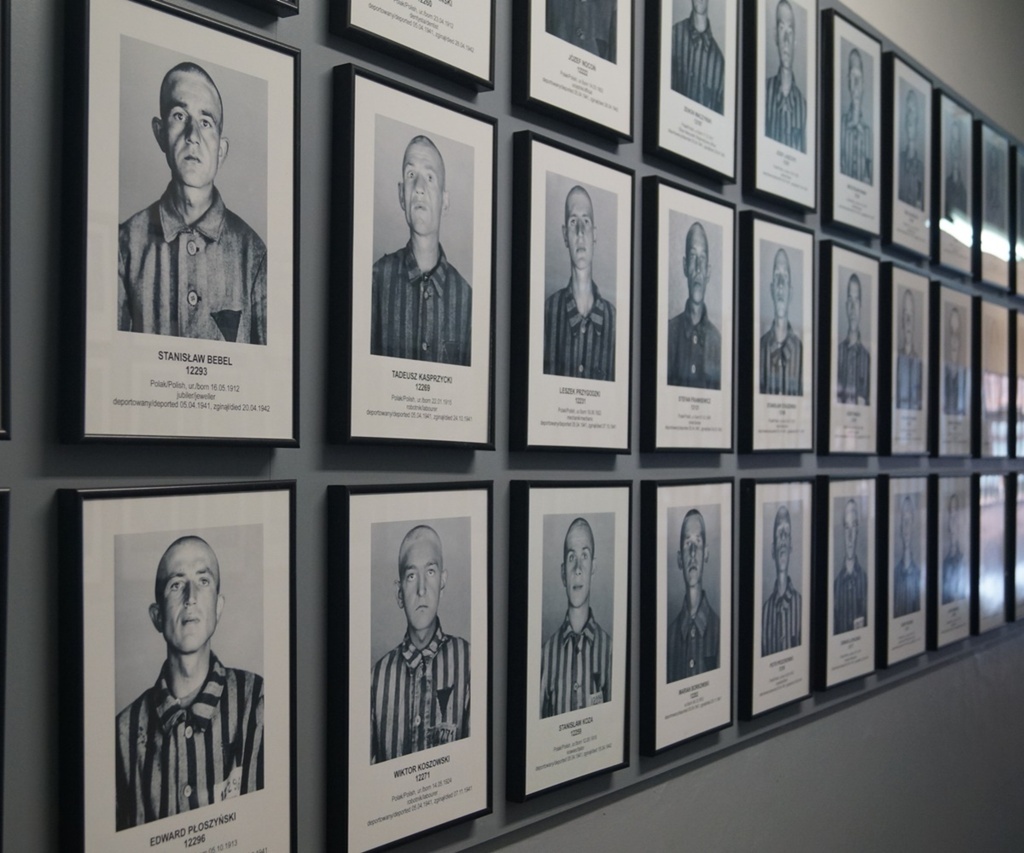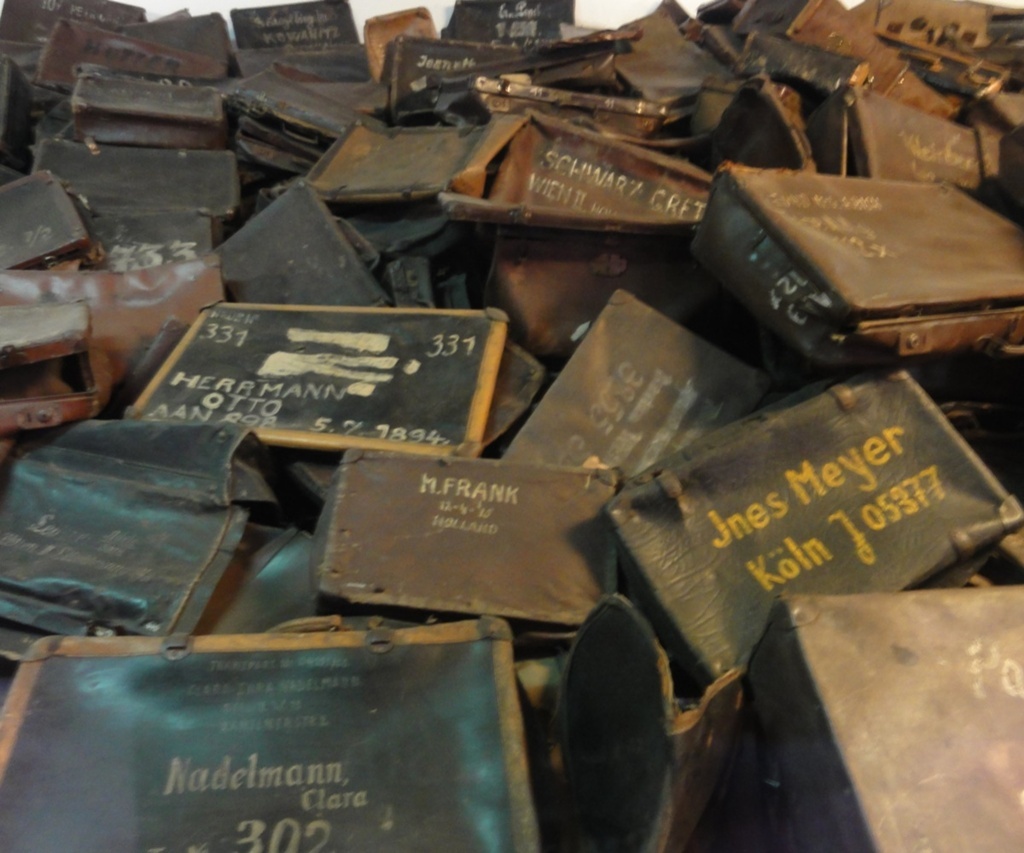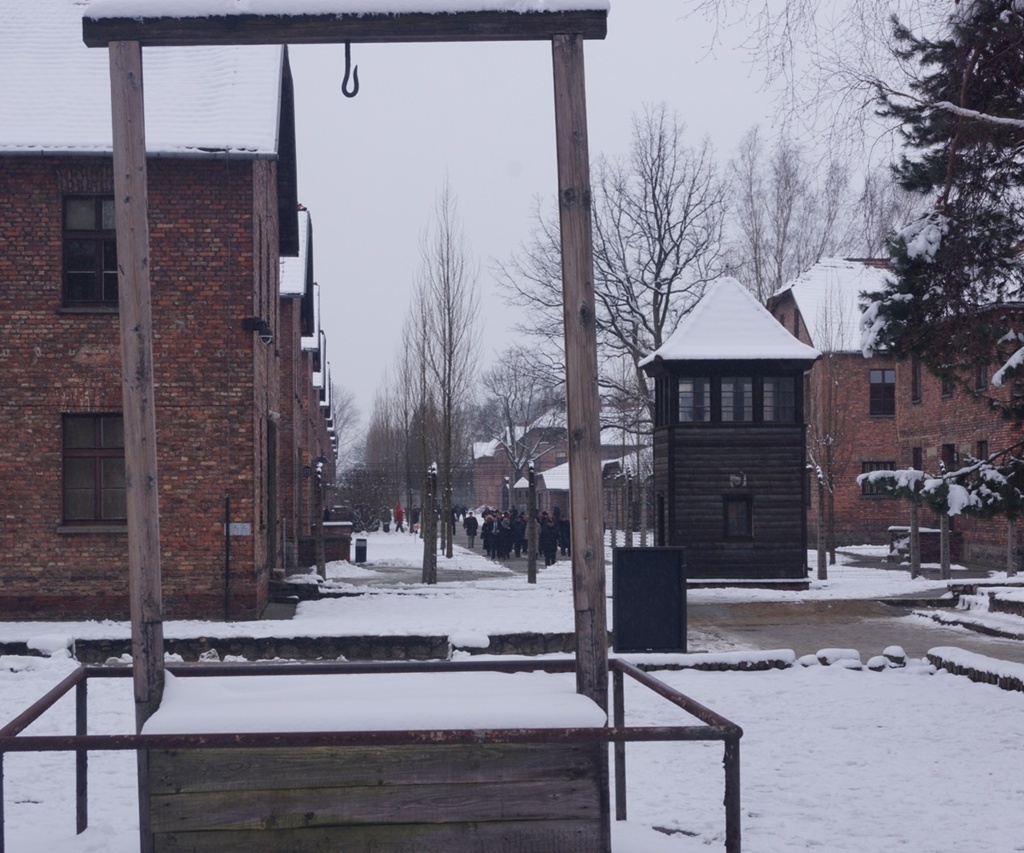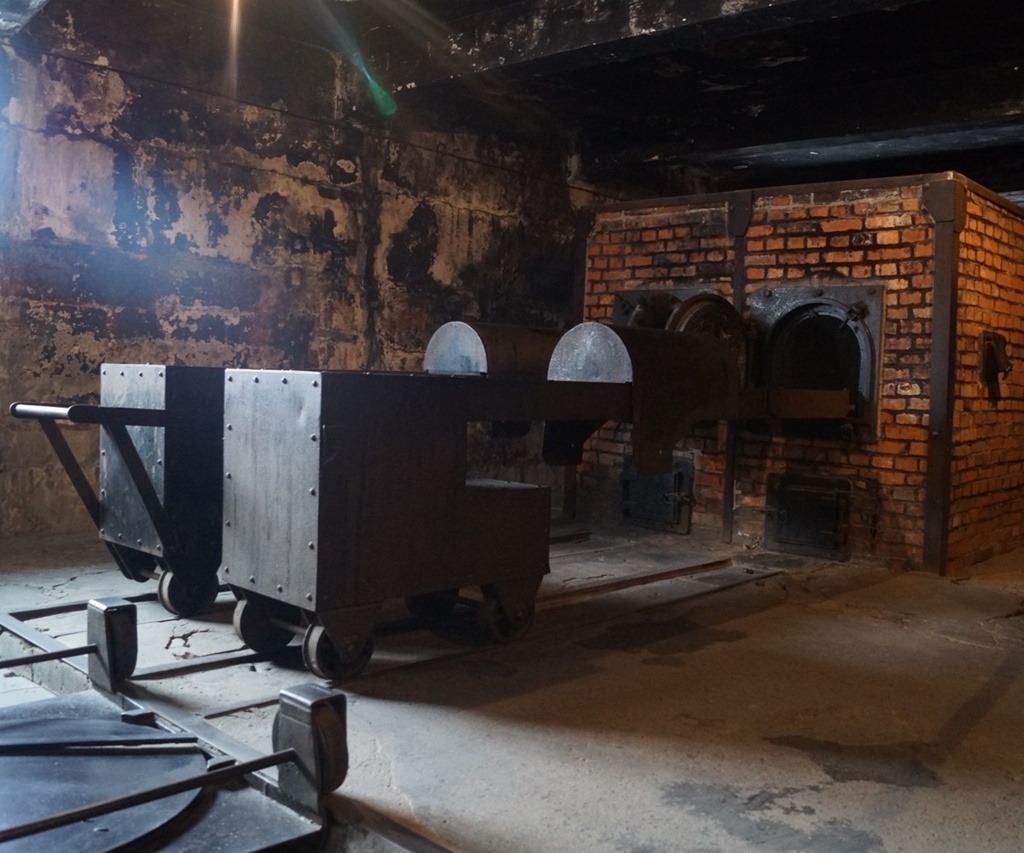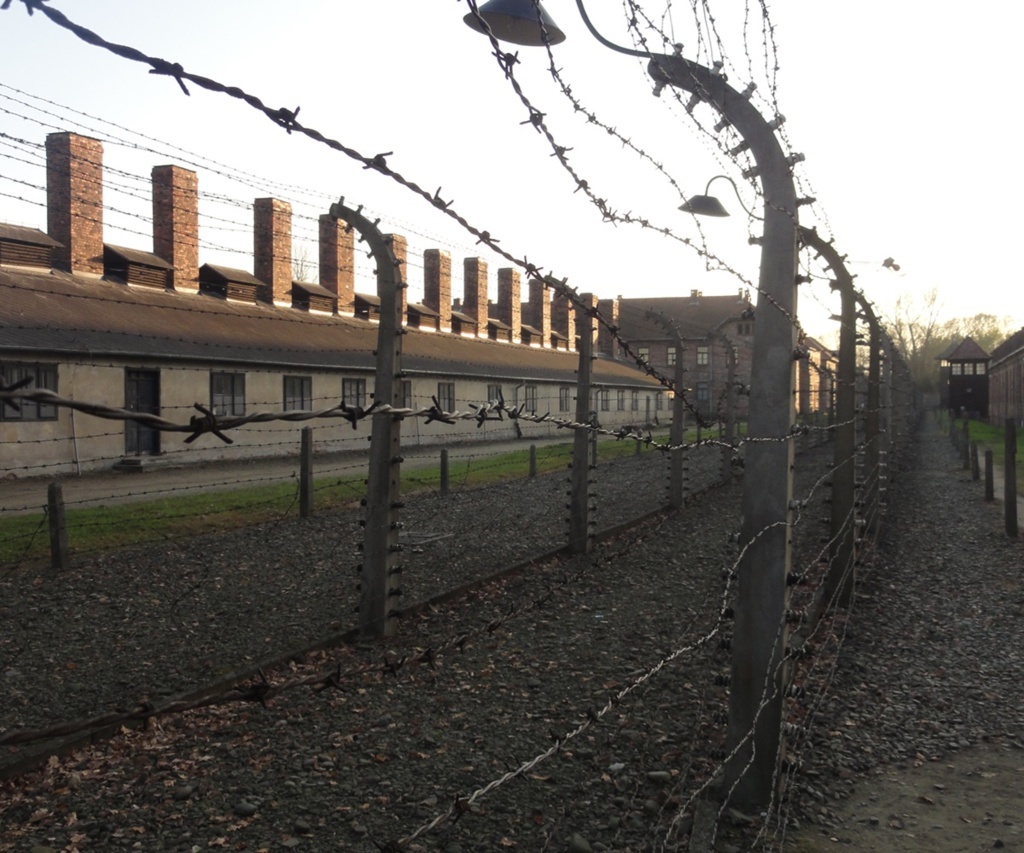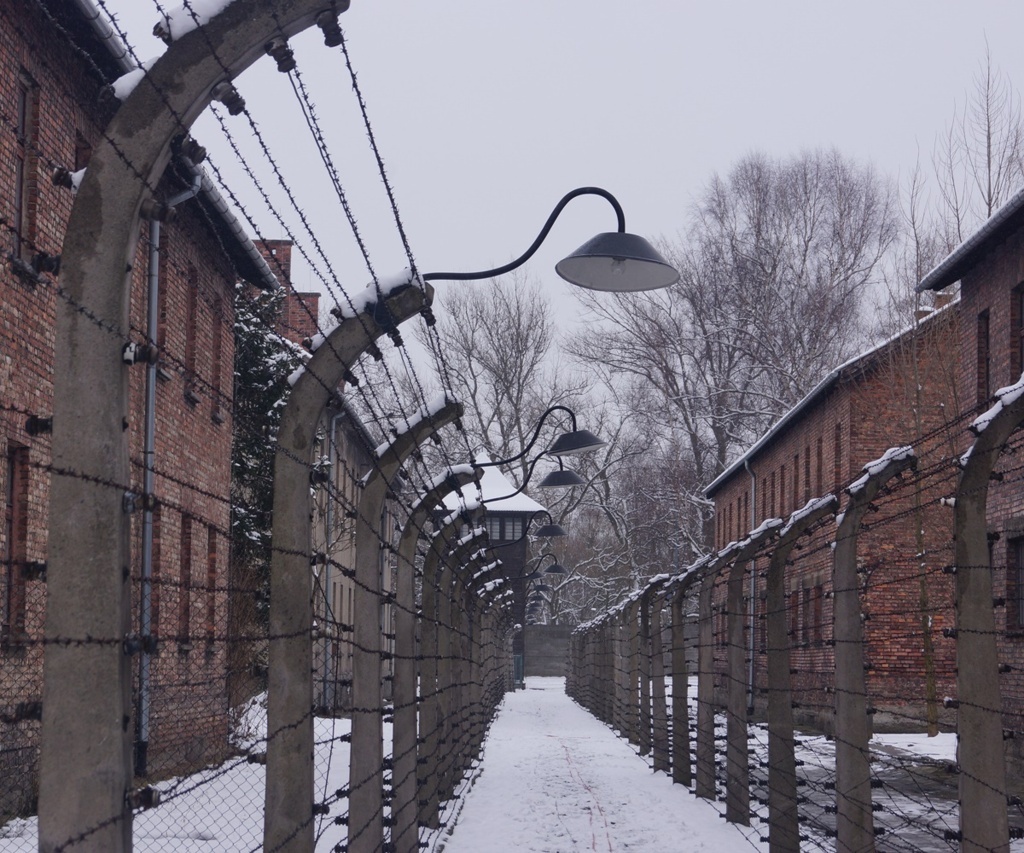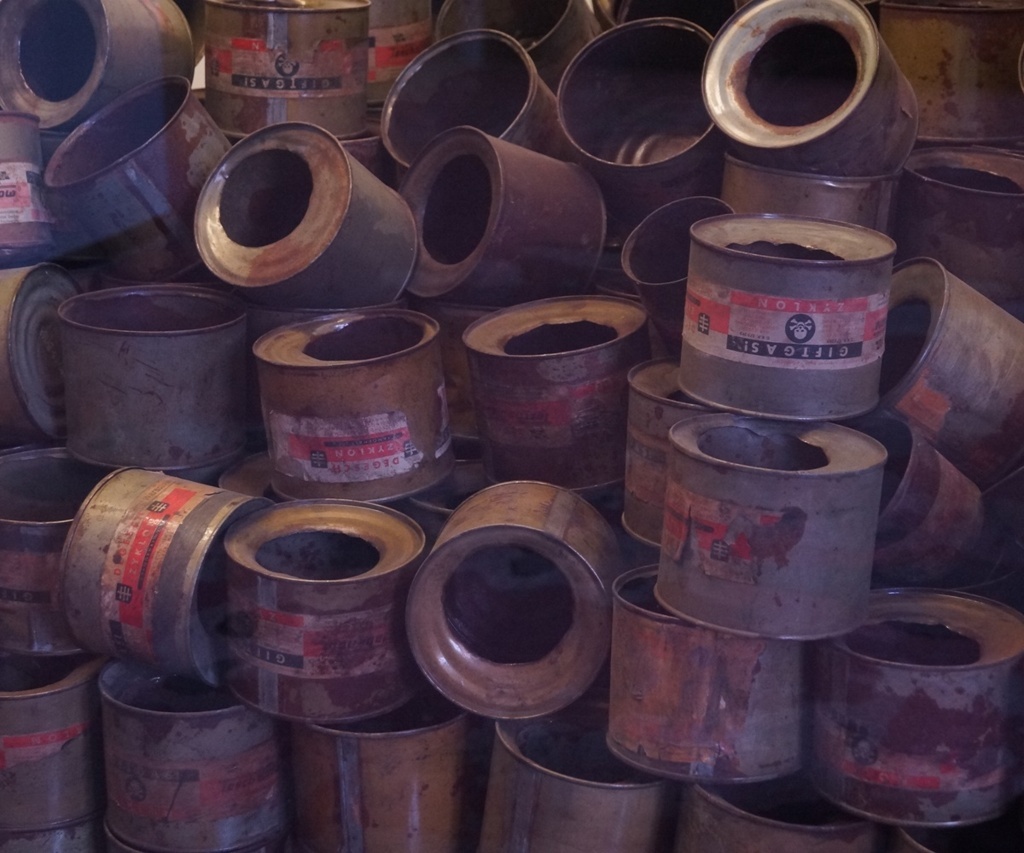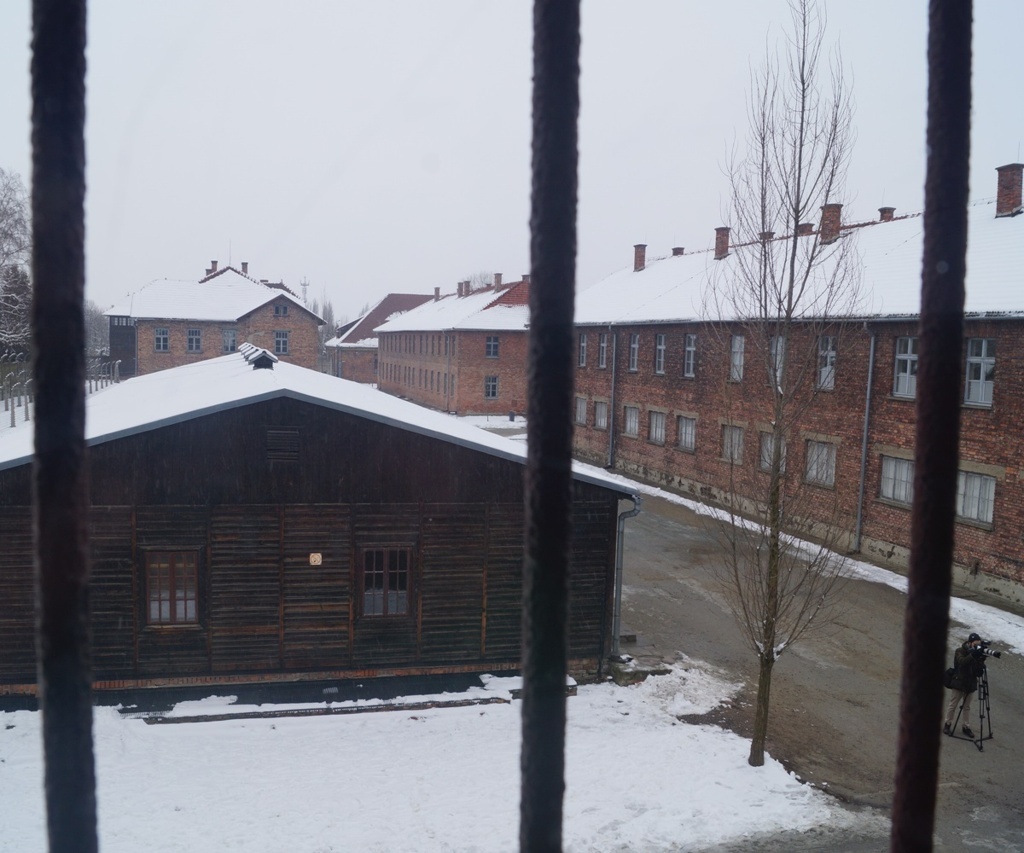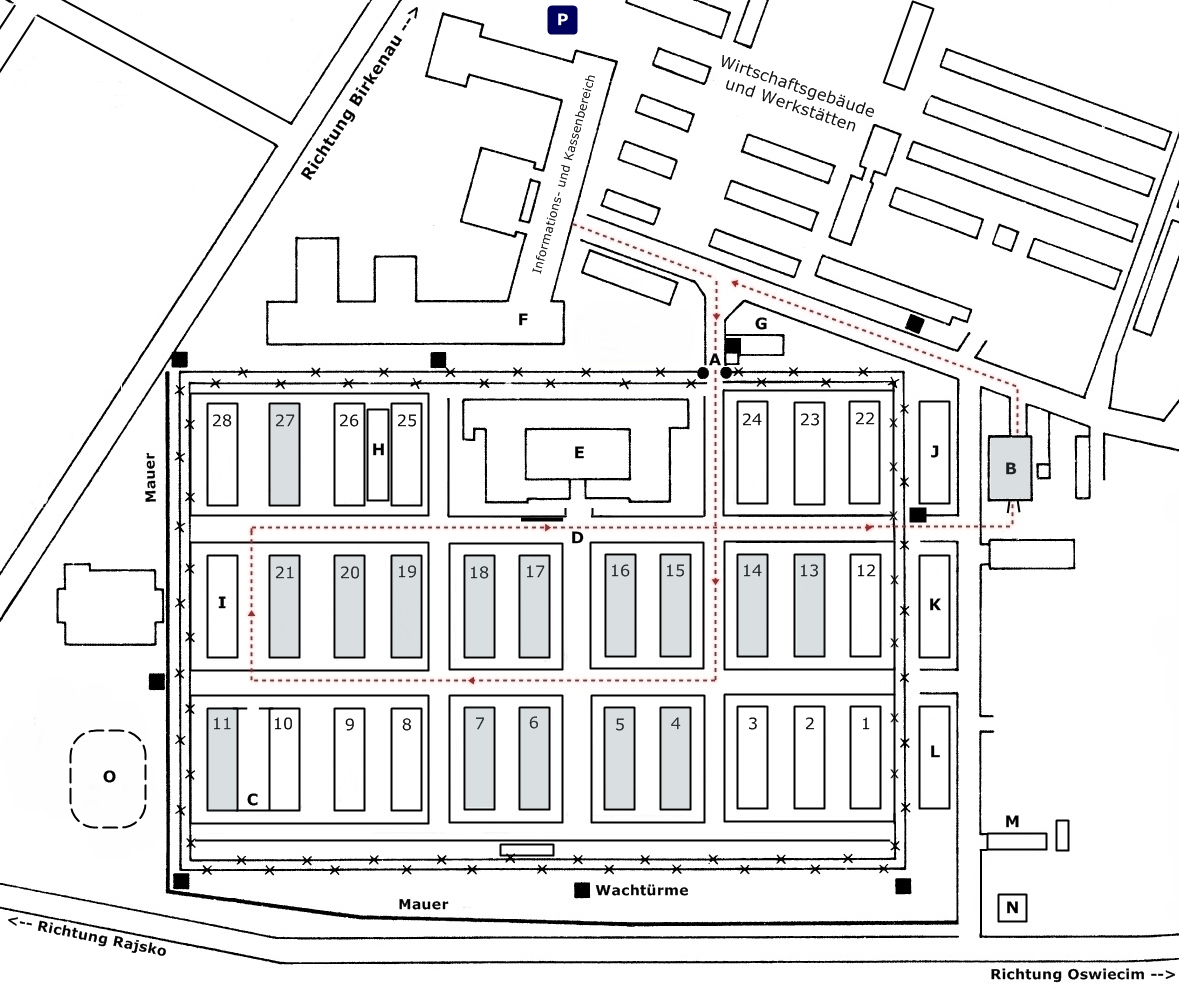Auschwitz I - Stammlager
The first concentration camp, later called Stammlager or Auschwitz I, on the outskirts of the Polish industrial town of Oświęcim (German: Auschwitz), was set up by the SS in May/June 1940 on a former 19th-century Austrian military barracks site that had most recently been used by the Polish army. In the early days, the single-story stone buildings held primarily Polish hostages, resistance fighters, and members of the Polish intelligentsia, who the occupiers believed should be murdered in the interest of securing their rule. Later, politically and racially persecuted persons from all over Europe as well as so-called “asocials,” “security prisoners,” “criminals” and Jehovah’s Witnesses (“Bible scholars”) were deported to Auschwitz.
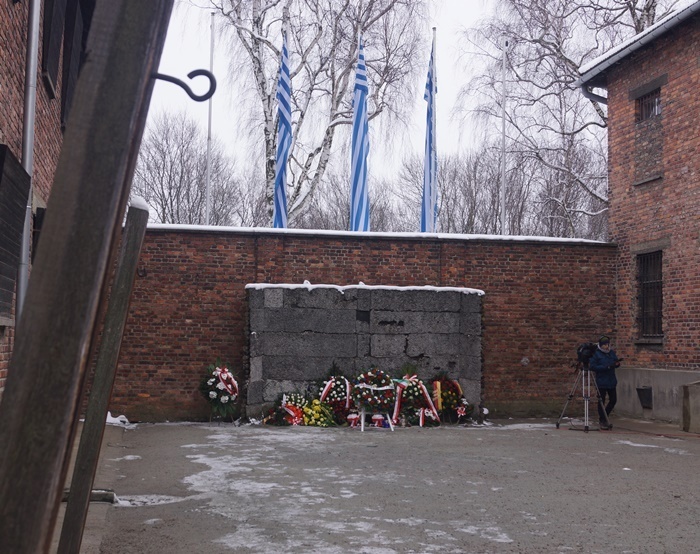
Wall of the Dead in the courtyard between Block 10 and Block 11, here thousands of death sentences were carried out.
In October 1941, more than 10,000 Soviet prisoners of war were deported to Auschwitz from Wehrmacht prison camps and housed in closed-off blocks of Auschwitz I (Blocks 1-3, 12-14, 22-24) until March 1942. Members of the Red Army were used by the SS in the construction of the Birkenau camp.
A “women’s concentration camp” was set up by the camp SS in March 1942 in blocks 1-10 of the main camp, where they imprisoned mainly Jewish women from Slovakia.By 1943, the number of prisoners had grown to about 20,000, who were forced to perform forced labor in the nearby SS-owned production facilities, agricultural enterprises, and experimental stations. In 1944, Auschwitz I (main camp) comprised a total of 28 two-story brick barracks. The prisoners’ living conditions were inhumane in every respect, and the death rate was very high. People died en masse from typhus, dysentery, cholera, maltreatment and arbitrary killings. In Block 10 of Auschwitz I (Stammlager), prisoners became victims of medical human experiments by SS doctors. Block 11 served as a torture and punishment block. Between the two was the infamous “Black Wall,” an execution site where the SS shot thousands of prisoners. At the beginning of September 1941, the camp management in the main camp carried out the first trials of using the poison gas Zyklon B for the mass extermination of people. The victims were 600 Soviet prisoners of war and 250 sick prisoners. A room known as the “Leichenhalle” (mortuary), which was part of the crematorium (Crematorium I) already built in August 1940, was converted into the first provisional gas chamber. The SS murdered thousands of newly arrived Jews here, as well as some groups of Soviet prisoners of war, using Zyklon B.On January 18, 1945, the guards herded 10,000 surviving male prisoners from the main camp and 6,000 female prisoners who had been housed in the so-called protective custody camp extension not far from the main camp, which had existed since October 1944, onto the death march. About 1,000 sick and weak prisoners were liberated by the Red Army at Auschwitz I on January 27, 1945.
A – entrance gate to the camp with the inscription
“Arbeit macht Frei”
B – Crematorium I and gas chamber
C – Execution wall in the courtyard between blocks 10 and 11
D – Roll call area with collecting gallows
E – Prisoners’ kitchen
F – Admission building
G – Protective custody camp command – SS guard
H – Post barrack
I – Laundry barrack (for SS)
J – SS infirmary
K – administration
L – camp commandant’s office
M – main guardhouse
N – camp commander’s villa
O – protective custody camp command
P – Execution site outside the camp fence (gravel pit)
– Block 11 “Death Block”
– Block 9,19,20,21,28 prisoner infirmary, Block 20 infection block, where killing was done with phenol injections
– Block 10 Experimental ward
– Block 24 Prisoners’ writing room
– Block 14 National Exhibition of the USSR
– Block 15 National Exhibition of Poland
– Block 16 National Exhibition of the Czech Republic and Slovakia
– Block 17 National Exhibition of Yugoslavia and Austria
– Block 18 National Exhibition of Hungary
– Block 20 National Exhibition France and Belgium
– Block 21 National Exhibition Italy and Netherlands
– Block 27 Martyrdom of the Jews
– Block 4 Exhibition of extermination
– Block 5 Exhibition with evidence of the crimes
– Block 6 Exhibition on the life of prisoners
– Block 7 Exhibition housing and sanitary conditions
Auschwitz I - Stammlager
Literatur
Danuta Czech
Calendar of events in Auschwitz-Birkenau concentration camp 1939–1945. Rowohlt, Hamburg, 1989.
Robert-Jan van Pelt, Deborah Dwork
Auschwitz, From 1270 until today, Verlag: Pendo
